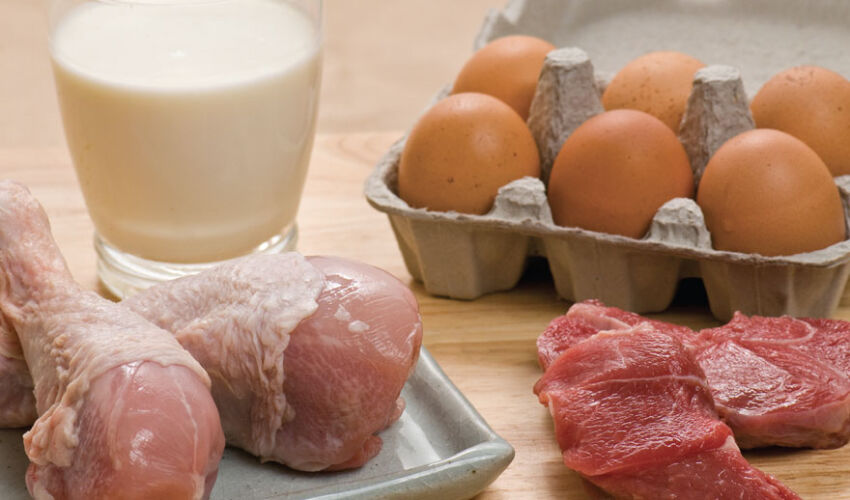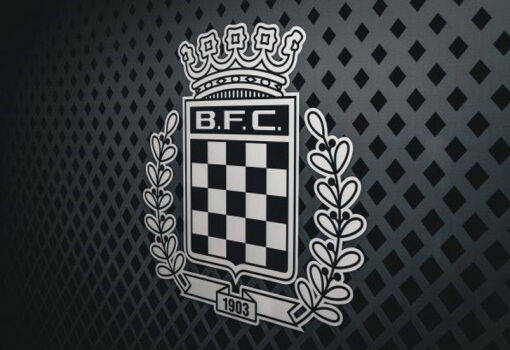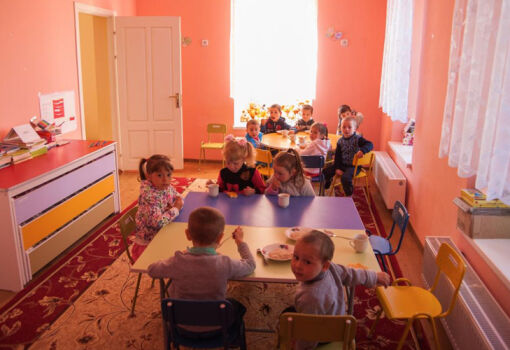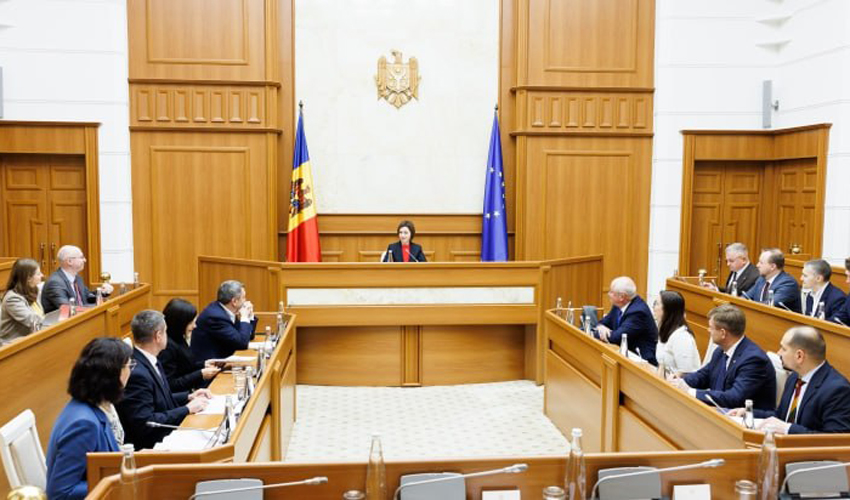
The European Commission has presented its Vision for Agriculture and Food. This vision will form the basis of a package of adjustments to the current (until 2027) and future EU Common Agricultural Policy. The latter, in turn, will become part of the new Multiannual Financial Framework for 2027-2034.
European media and agricultural associations (Copa-Cogeca, IFOAM, CEJA) have actively engaged in the discussion of the framework documents that will format the future of European food and finance. In this regard, many people point out the presence of various risks and, worse, the emerging contradictions between agriculture and the budgetary sphere of the European Union.
Simple but innovative
The European Commission is orienting agri-food policy towards “further simplification” of agricultural legislation and standard-setting. An important mechanism of this trend will have to be the strategy for digitalization of the industry in the EU, which is being developed by the European Commission. In other words, it can be assumed that IT solutions will be the key to “less bureaucracy”.
In addition, as noted in the “Vision-VAF”, the so-called “digital transition” will help to remove obstacles in the field of acquiring agricultural professions and facilitate the inflow of young people into the agricultural sector. By the way, for this process, the European Commission will prepare a special supporting strategy for the change of generations in agriculture and rural areas already in 2025.
The “green transition” to a low-carbon economy will not go anywhere from the basic documents on EU agricultural policy. Neither will the annually expanding lists of banned pesticides. There will be no compromise on the quality (high, of course) of food, one of the main conquests of European integration. However, the European Commission in its new “Vision” promises to carefully analyze any new ban, especially if there is no alternative to certain pesticides and antibiotics, but, at the same time, to facilitate access to biopreparations for plant and animal health in every possible way.
In general, the European Commission intends to pay more attention to the European livestock sector in the future. This is interesting from the point of view that this sector, despite automation and digitalization, still needs people (workers) more than the crop sector, especially field production – highly mechanized production of grain, oilseeds and technical crops. That is, the focus on livestock development fits well with the objective to attract people open to innovation to the European countryside, but at the same time to keep the countryside “closely linked to the cultural and natural heritage of the EU”.
However, it can be assumed that the future European emphasis on livestock farming is also conditioned by the previous long period of rising prices on the European and world market for dairy products, especially butter, as well as beef, chicken eggs and some other animal products.
In addition, in the context of the upcoming “trade wars” with their tariff/non-tariff restrictions and other sanctions, the issue of some “food autarky” and, moreover, security for the EU is becoming increasingly important. And this issue for the European market, one way or another, is connected with independence from supplies of meat and some other products from both Americas, as well as grain and other fodder, for example, from Ukraine.
Of course, it is unlikely that Europe will abandon the left-radical principles of “healthy eating” with its emphasis on plant-based (vegan and vegetarian) diets in the foreseeable future. However, animal proteins in turbulent times are traditionally more reliable and, under certain circumstances, even cheaper than a complete and balanced plant-based diet.
Stable but competitive
In its Vision, the European Commission states the obvious fact that European farmers are facing the growing challenges of climate transformation and global competition. Therefore, in order to make EU agriculture more stable and sustainable, the European Commission intends, among other things, to develop a water strategy – to address the “urgent need for more efficient use of water”. Among other innovations is the creation of a “sustainable farm compass”, which is a voluntary benchmarking system focused on improving farm productivity.
As an incentive, European authorities intend to support the income level of efficient and “ecofriendly” farmers with environmental and carbon credits, subsidies and other rewards.
At the same time, the European Commission is concerned that European farmers are forced to systematically sell their products below cost. It therefore commits in its Vision to revise the Unfair Trade Practices Directive to “better harmonize production standards for imported products to ensure that ambitious EU standards do not lead to a competitive disadvantage for European farmers.” Nevertheless, as the European Commissioners assure, the revised EU directives will still be in line with international rules.
Attractive but thrifty
It seems that for the sake of making EU agriculture more attractive to investors, innovators and young people, the EU Common Agricultural Policy is slowly leaning towards a more protectionist line. Which is understandable and perhaps justified. But in the past, the EU has been a “magnet” for European farmers (internal and external), not least because of its generous subsidies and preferential financing of agricultural production and rural infrastructure. Obviously, Europe’s farmers wish for a “continuation of the banquet”. However, their wishes are not an imperative; options are possible.
On the one hand, the current conceptual documents of the European Commission assume the existence of a single European fund for financing the priorities established by the Common Agricultural Policy of the EU.
On the other hand, the European Commission plans to reorganize the future EU financial and budgetary policy, in connection with which it intends to abolish or at least “optimize” the above-mentioned single agricultural fund. Many farmers’ associations are already protesting, fearing that the Common Agricultural Policy will receive less EU funding in the next financial period.
The fact is that the European Commission proposes to group the future EU Multiannual Financial Program (MFF) into three blocks. One of them is the European Competitiveness Fund for strategic sectors, innovation and research. Taking into account the new geopolitical layout, it is likely that the funds of this block will be directed mainly to the military-industrial complex – for security and defense. That is, the priority will be “tanks instead of combines”.
At the same time, it is assumed that the EU member states will establish their own national funds for investment and reforms, from which the costs of agricultural support will be covered. The European Commission intends to submit the MFF project for public discussion in July 2025. Agrarian organizations of European farmers will obviously participate. They are massively opposed to the “renationalization” of the EU Common Agricultural Policy Fund.
What should Moldova prepare for?
Now, why all this is important for Moldova. At least because many of the ideas of the EU’s “Vision” of priorities for agriculture are already being implemented in Moldova. And this is definitely not a coincidence.
Earlier, in a detailed conversation with the author of the article, MAIA head Ludmila Catlabuga repeatedly referred to the priorities of the EU Common Agricultural Policy as a guide to action. Which, apparently, is normal for a candidate country to the EU. Further down the list we can recall:
– The concept of a Moldovan “European village”, with comfortable infrastructure, populated by young creative people running digitized farms;
– the trend towards massive support of Moldovan livestock breeding: donor grant programs and considerable budget subsidies-compensations for modernization of farms and renewal of animal stock, subsidies-payments per liter of “industrial milk”, etc.;
– the trend towards “green transition”, so far mainly based on donor funding (American, suspended). But, as they say, “the beginning is long gone”;
– a trend towards radical modernization of the “system of monitoring and administration of quality” of food products. Moreover, both at the level of government agencies (ANSA) and at the level of agricultural enterprises and food industry.
The list goes on. And, it should be unequivocally recognized – these are a bit fairy-tale, but good endeavors. The problem is that they have largely been funded by external sources, by “development partners”. Nowadays, the adsorption of European funds is the cornerstone of the agrarian policy of the Moldovan authorities. Moreover, it is still mainly declared. In fact, it is probably worth bearing in mind that the “renationalization” of the financial component of the EU Common Agrarian Policy is possible in the near future. That is, the agrarian priorities will have to be financed at their own expense.













